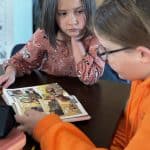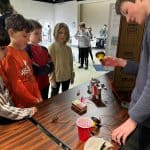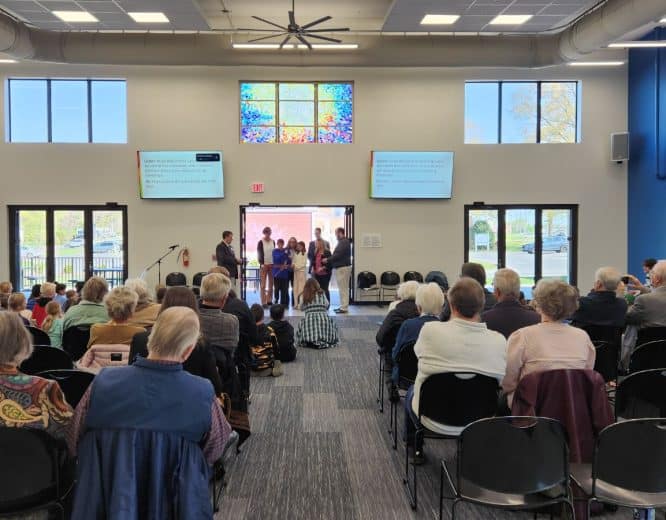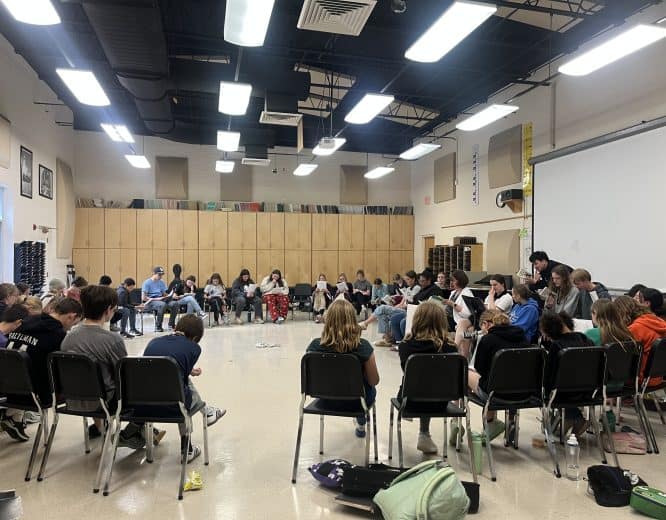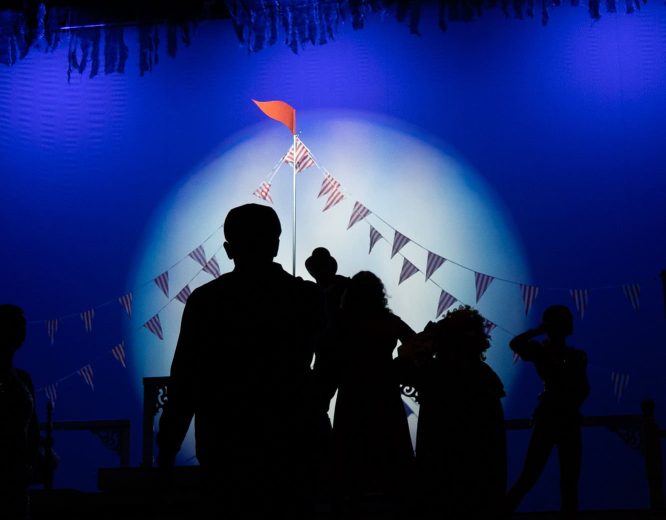Restorative Justice practices: What it is not
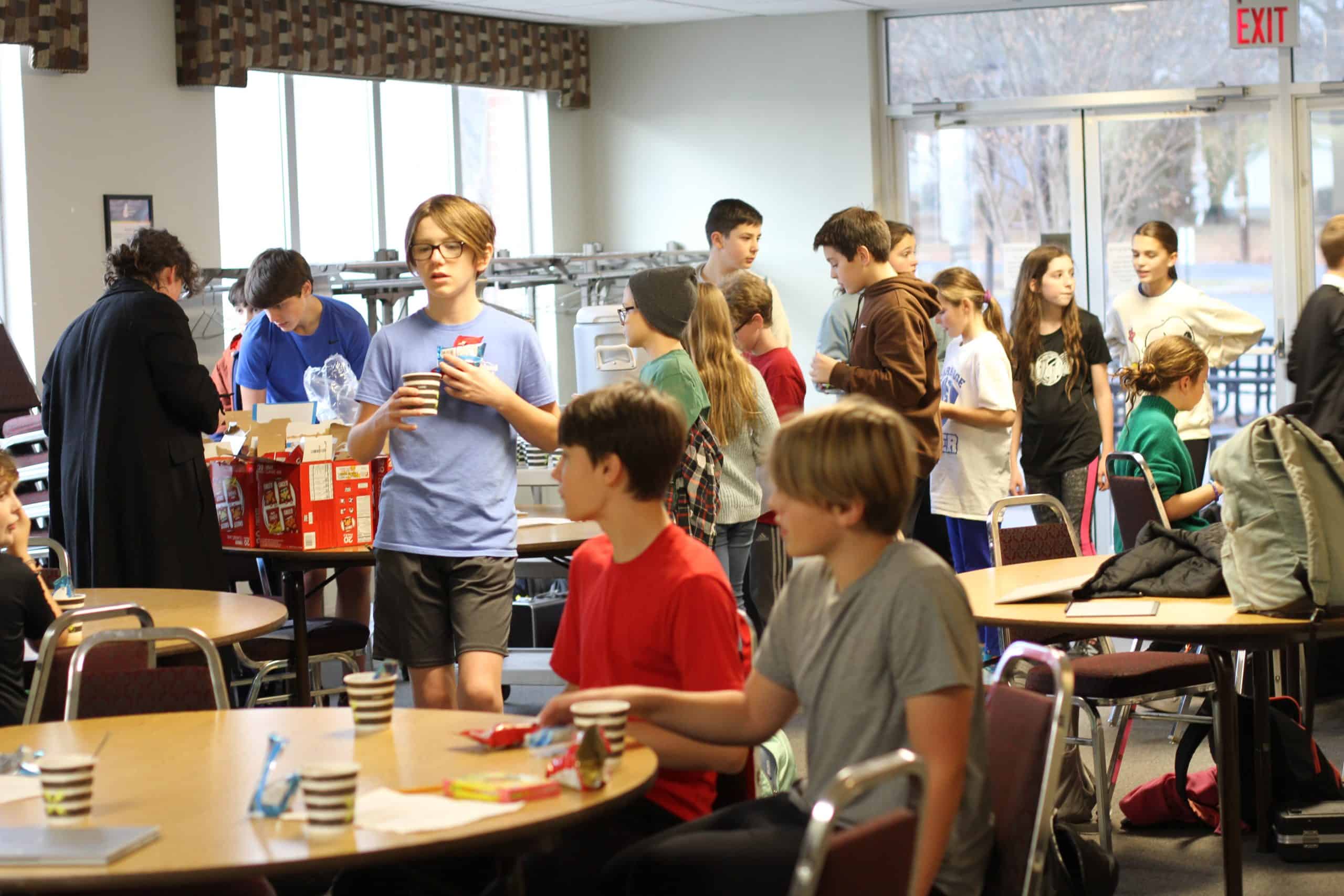
On February 19th, EMS hosted a panel on Restorative Justice. The term “restorative justice” can be confusing, with many misconceptions. Some believe it doesn’t work, is too soft, or only involves conversations. However, most of us practice restorative justice without realizing it.
“Consequences within the context of RJ can get at the root of what is happening and create change.”
-Gascho
Restorative practice is about building relationships, not discipline. This is a natural process in schools, homes, and communities. When conflict arises in a relationship, the first step is to focus on understanding each other’s perspectives. This is the essence of restorative practice. There will still be consequences and the intention to create safe spaces for everyone.
“It comes down to the biblical principle of loving the Lord our God and loving your neighbor as yourself. It’s hard and it doesn’t always work right but we are committed to it for a reason and our teaching staff is really proud of our students for holding the expectations high when it comes to humanity.” – Roth
We also build relationships with individuals who may not be natural friends. Conflict is inevitable, but it takes two to cause it and two to resolve it. Some conflicts can’t be resolved, and that’s okay. However, it’s important to approach the conversation with empathy, active listening, and a willingness to find mutually beneficial solutions. Sometimes, the best solution is to agree to go in different directions.
“Remember that for the kids who are continuously interrupting, there’s a story, there’s humanity, and my job [as a teacher] is to leave that student with their dignity and get them involved in the creative process of what are we going to do? You are not a problem yourself but we do have a problem, how are we going to solve it?”
– Heidi Byler
During the panel discussion, Erika Gascho, middle school principal, taught us that restorative justice can be broken down into three tiers. Tier one involves relationship building, which we do most of the time. Tier two involves solving minor conflicts together. Tier three involves resolving major conflicts with the help of the administrators, teachers, and parents. Restorative Justice is not a one-size-fits-all approach, but it can be incredibly rewarding and transformative when done well.
Mr. King, our high school principal, reminds students all the time that “I am somebody. When you see trash on the floor and think somebody should pick that up, remember that YOU are somebody!”
To learn more about the practice of Restorative Justice you can reach out to Abigail Cook.
The next installment of this series will be “Restorative Justice in Faith”. A deeper dive into the specifics of restorative practice. Our very own Maria Archer who has been doing this work for her entire career will share knowledge. Dates will be posted soon.
Recommended reading:
- The Little Book of Restorative Justice by Howard Zehr
- The Little Book of Restorative Discipline for Schools by Lorraine Stutzman Amstutz and Judy Mullet
- The Little Book of Restorative Justice in Education by Katherine Evans and Dorothy Vaandering

